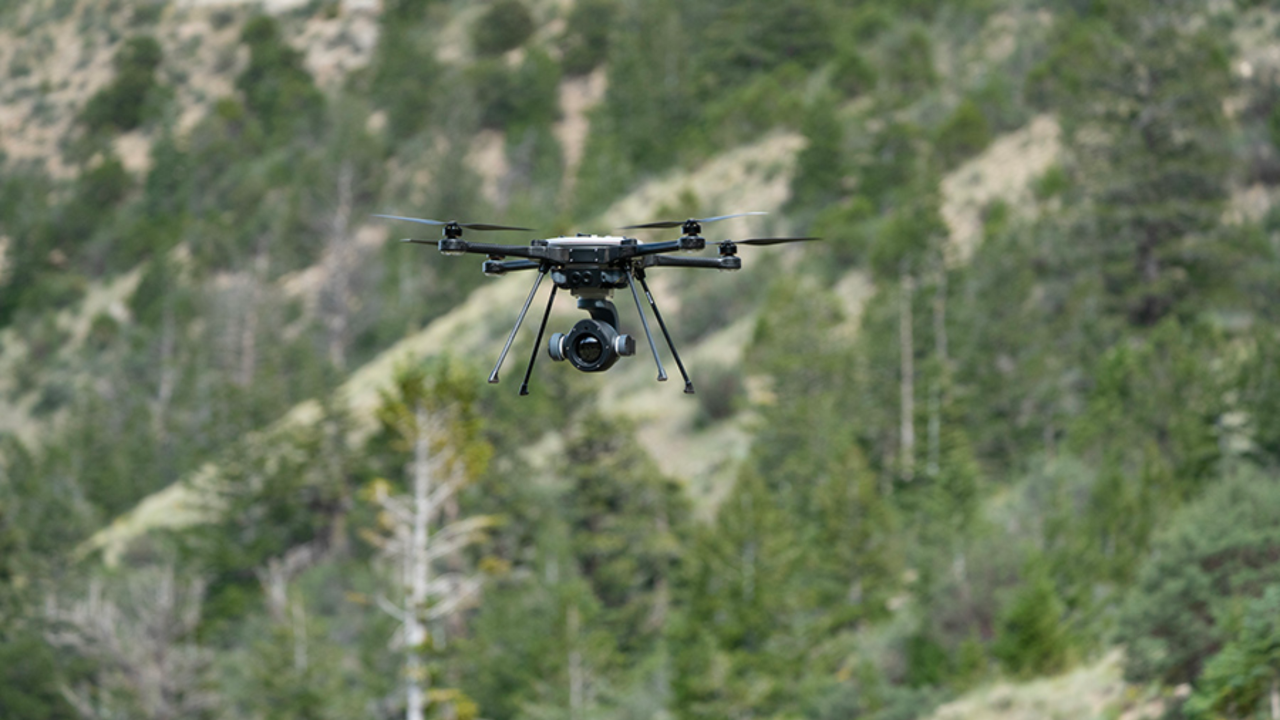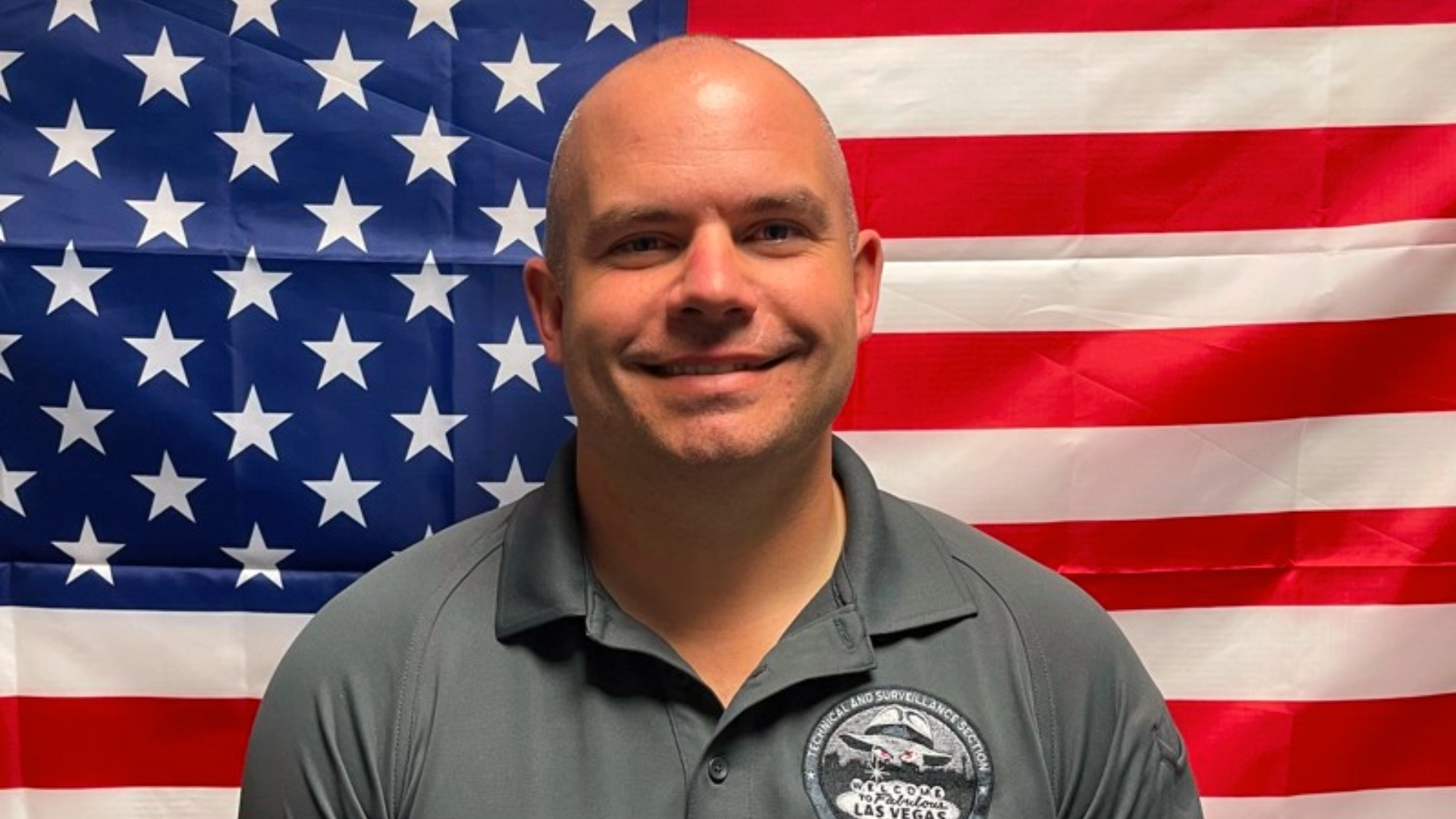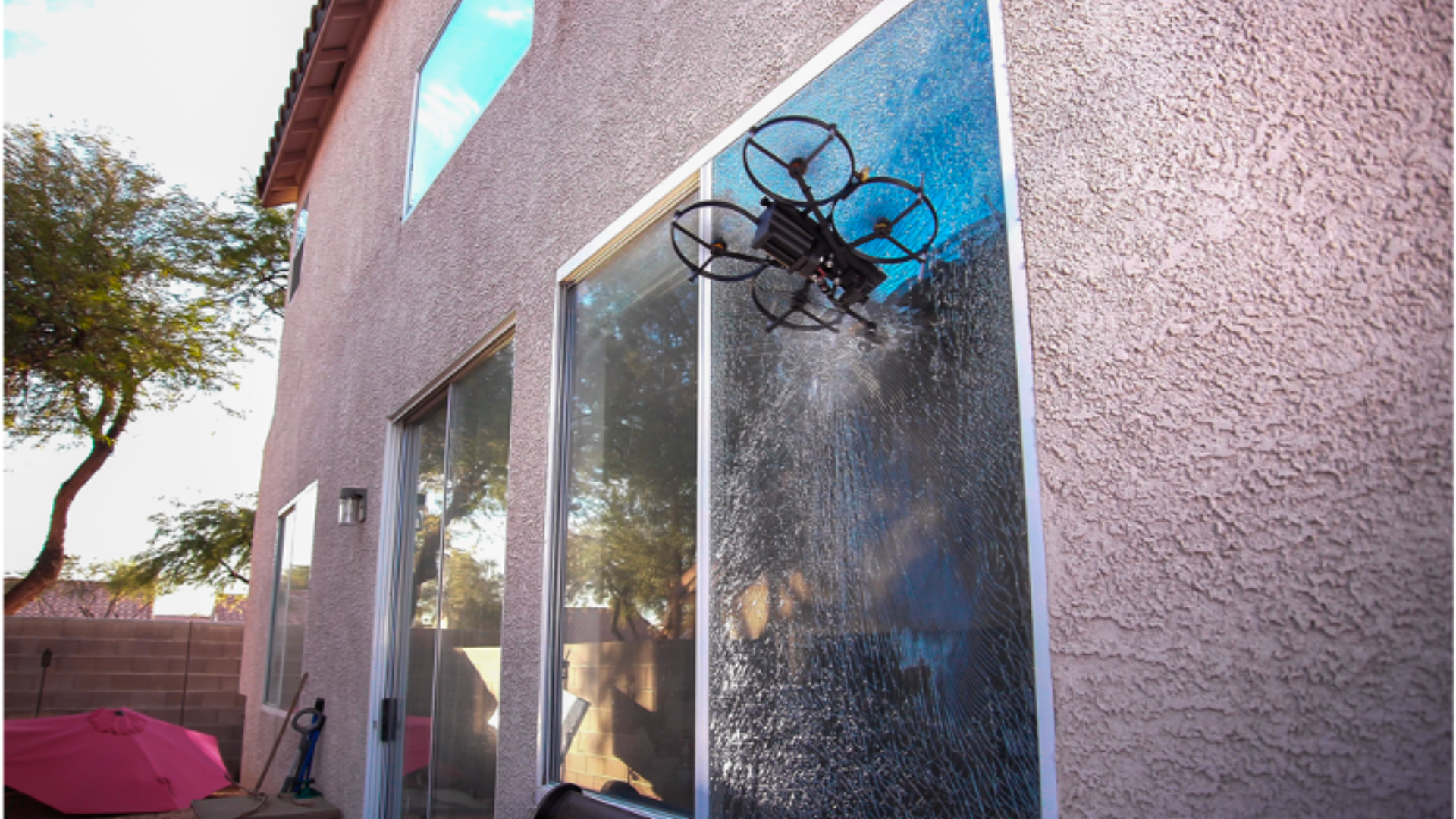Las Vegas Metropolitan Police Department Drone Program

Almost 3 million people call Las Vegas home. In 2022 TripAdvisor ranked the city No. 1 for the most popular travel destination in the United States. That should come as no surprise to the 38.8 million people who visited the city of lights that same year.
Keeping everyone safe is the job of more than 5,800 people who make up the Las Vegas Metropolitan Police Department. Drones are one of the many tools helping these dedicated professionals. I recently had a chance to connect with Detective Steven Oscar (Program Coordinator) and Chief Pilot UAS for the department.

Altitude University (AU): What is the primary purpose of using drones in police work, and how does it benefit the department?
Detective Steven Oscar (SO): The primary purpose of drones for our department is crime scene documentation, active barricade situations, Drone as First Responder (DFR), Search and Rescue, and helping outside agencies. UAVs have helped our department cut costs since before drones, we needed to place crime scene photographers in expensive helicopters to take photos of a scene.
When it comes to barricades, we use drones to isolate a subject instead of sending in a SWAT operator who potentially could get hurt. Drones also help to keep the suspect from getting hurt.
When it comes to DFR, every department is trying to get to the point where they have a fusion center allowing drone operators to act like air support but at a fraction of the cost. Having thermal cameras for hasty searches and mapping software to clear large areas has been highly beneficial to Search and Rescue operations.
AU: What type of drones does your department use, and what capabilities do they have?
SO: We have 16 Skydio X2’s, 2 Autel Evo Duals, 2 Autel Evos, 3 Brinc Lemurs, 2 Skyranger R70’s, and 1 Skyfront perimeter 8.
Some drones have thermal, and that is an advantage in a lot of situations. Some can be quickly deployed, and some take longer to deploy but can stay up for 1-3 hours of flight time. So, depending on the mission, we have drones that can support a wide range of different situations.
AU: How are the drones operated, and who is authorized to operate them?
SO: Drones are operated by officers that are part 107 pilots. Officers that earn their part 107 show us they are motivated to be in our unit. From there, we give them additional training.
AU: What type of training do officers receive to operate the drones safely and effectively?
SO: Officers undergo a month's worth of training when they first come to the unit. Then, we introduce them to some of the more basic things like crime scenes. From there, we move all the way up to DFR and SWAT Barricades. These topics usually take more training time to be effective. We also have monthly training that includes NIST, scenarios, and Part 107 studying.
AU: What are the policies and regulations governing the use of drones in your department?
SO: We have policies and procedures that we created for UAS operations within our department. We also have SOPs and a FOM for all pilots. Additionally, we follow crewed aviation guidelines, just like our air support.
AU: How is the data collected by the drone stored and used, and who has access to it?
SO: Data is collected by photos and video that are stored on the local SD card. These photos are then uploaded to our system and attached to the event. Only department members have access to this.
AU: How do you ensure the privacy of individuals who may be captured by the drone's camera?
SO: So, for all of our flights, we use AirData for our management and maintenance. AirData provides us the option to stream most of our flights over our department's URL. If anyone wants to see if our UAS have been flying in their neighborhood, they can (we are currently getting this set up).
When it comes to the public's privacy, we only keep or use the footage for the mission. We teach the RPIC to fly to the location while the sensor operator keeps the camera level with the horizon. So, there is no looking into citizens' backyards, for example. Once they get to the location, they are told to look at the location for the call.

AU: Have there been any instances where the drone's use has been challenged or called into question by members of the public? If so, how was the situation addressed?
SO: We have not been challenged or had any issues with the UAS. I think this is because we are very engaged with the public and do community events to teach everyone about our program. We try to show the benefits of UAS to the public.
AU: Are there any limitations to the use of drones in police work, and if so, what are they?
SO: Funding and staffing are usually the most challenging problems encountered. Getting the department to see why they should spend money on UAS and UAS technology is accomplished by sharing the benefits of drones.
AU: How does the department plan to evolve its use of drones in the future?
SO: We are currently trying to get 24/7 aerial coverage of the city for DFR to help supplement air support. We are looking at drone-in-the-box solutions or VTOLs to help with response time to calls. Our biggest challenge is waiting for the FAA to catch up with Public Safety use.
It sounds like the Las Vegas Metropolitan Police Department is getting the most out of its drone program and that it has a bright future. Next time you head out to the entertainment capital of the world, keep your eyes peeled for drones helping to keep you safe. A special thanks to Detective Oscar for sharing a little about the drone program. Stay safe out there and thank you for all the work you and your team are doing.
Article Written by David Daly


